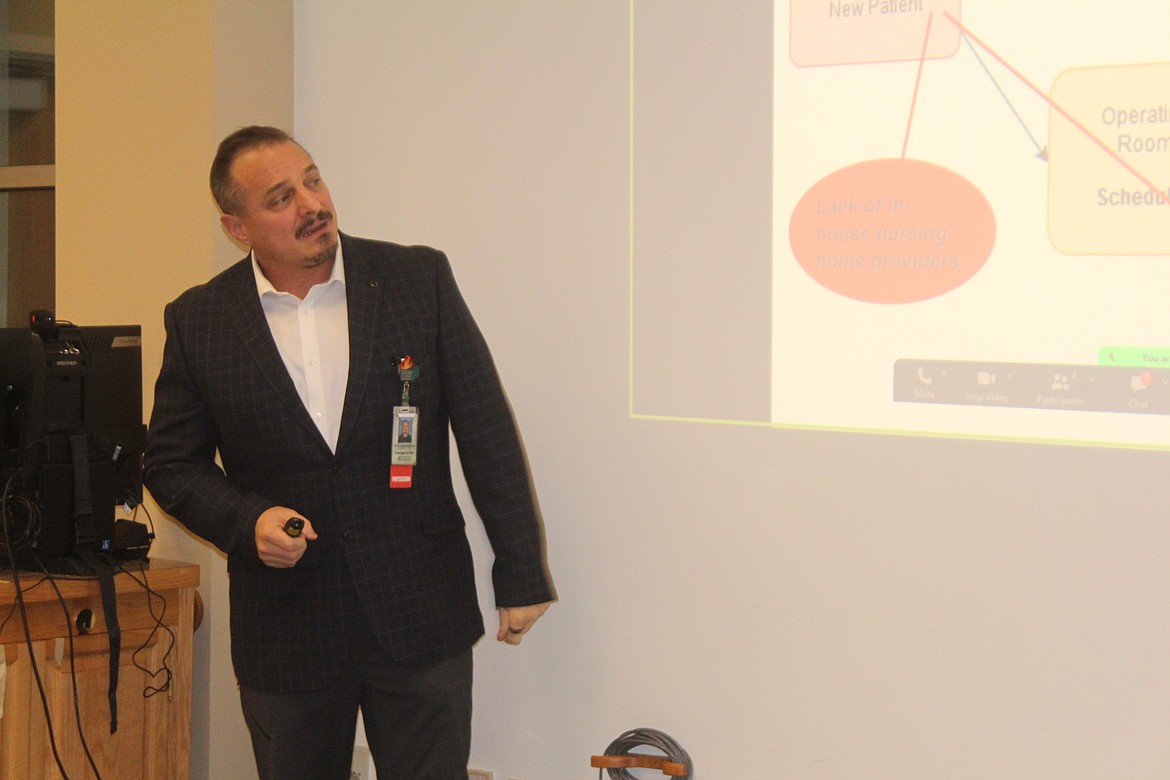More patients, smaller staff challenge for Samaritan ER
MOSES LAKE — More patients, fewer staff, more paperwork and cramped spaces have combined to put strains on the emergency department at Samaritan Hospital. Matthew Lockwood, the physician in charge of the department, detailed some of the challenges in a presentation to Samaritan Healthcare commissioners Tuesday.
Become a Subscriber!
You have read all of your free articles this month. Select a plan below to start your subscription today.
Already a subscriber? Login




